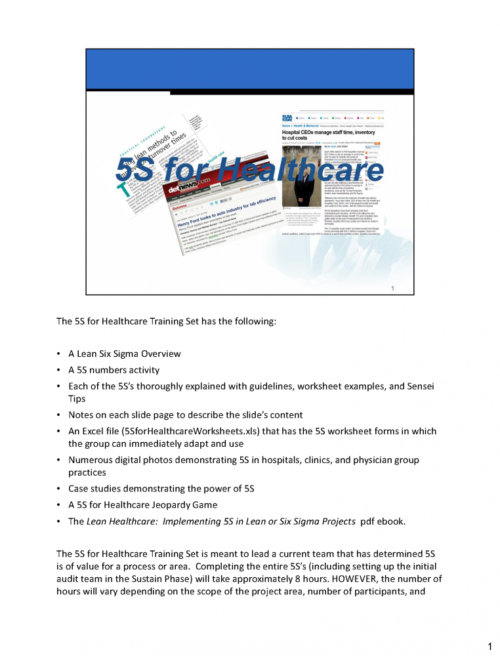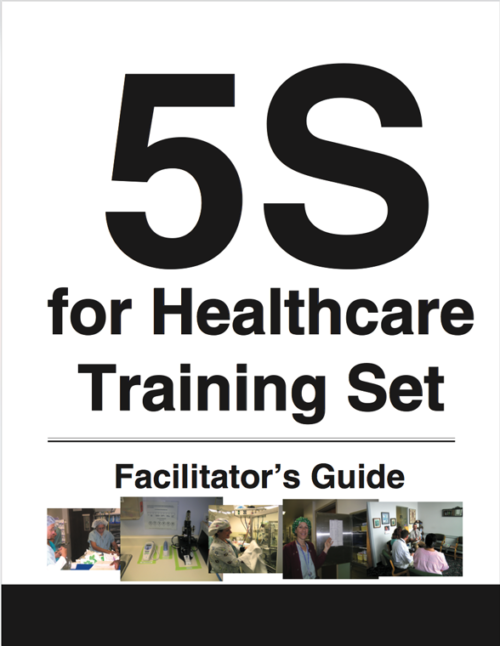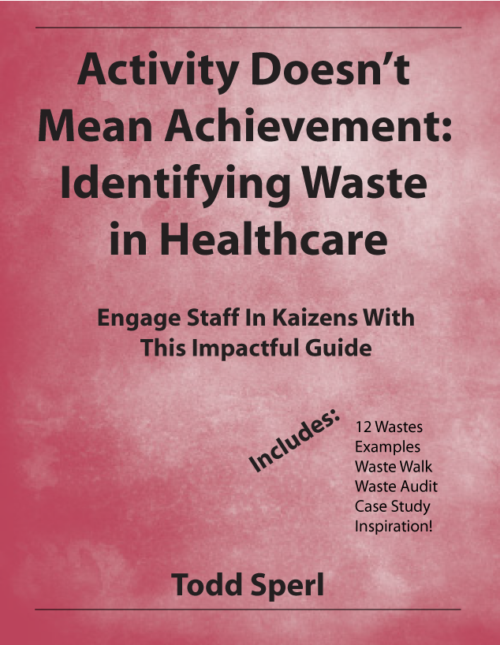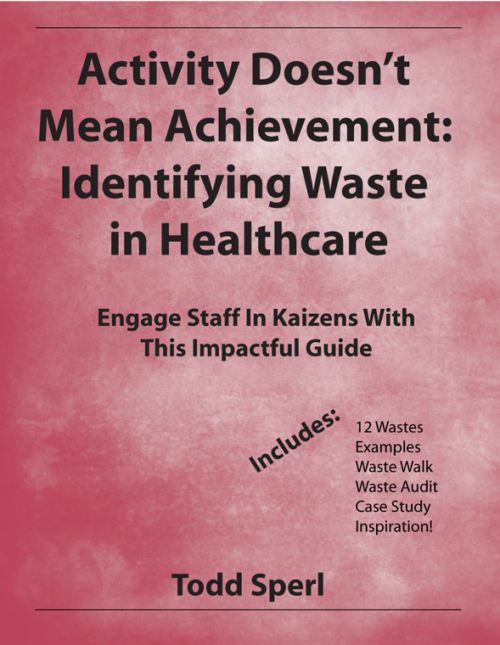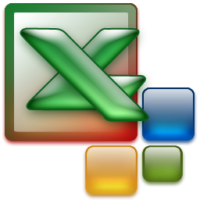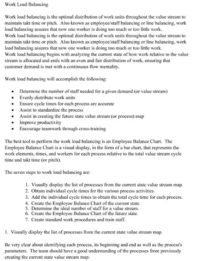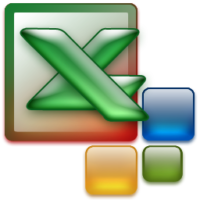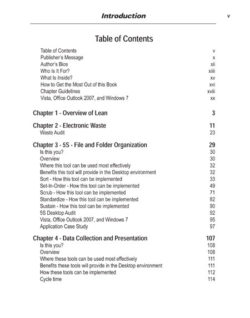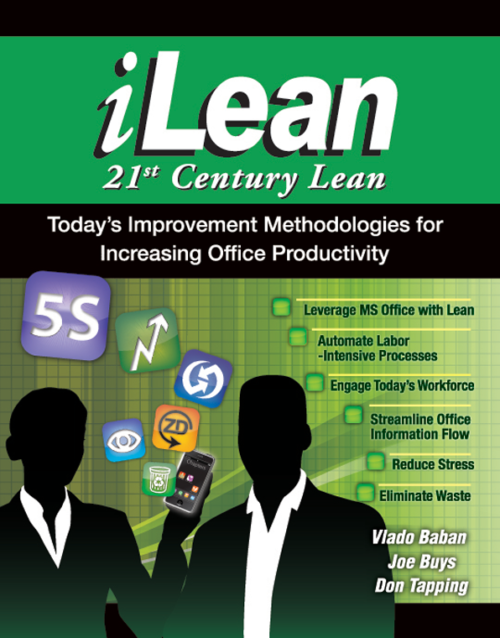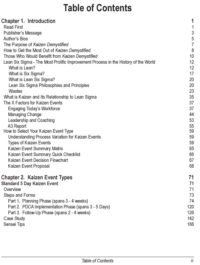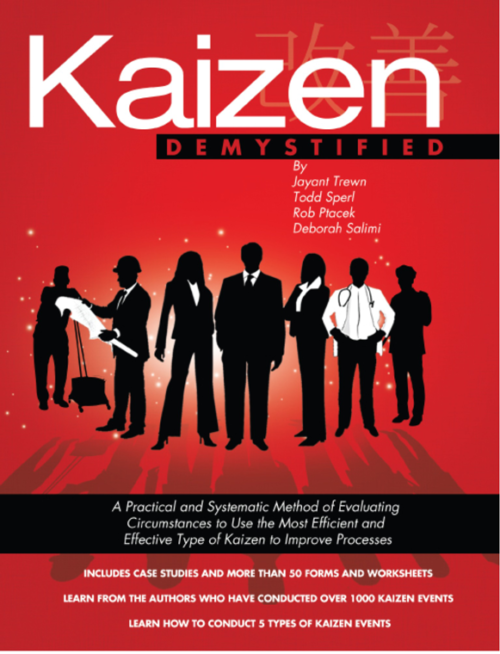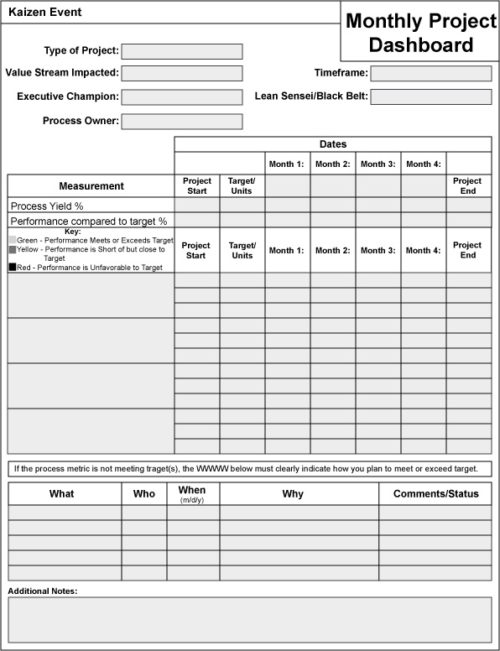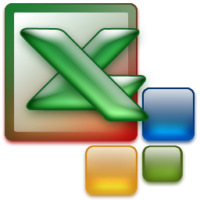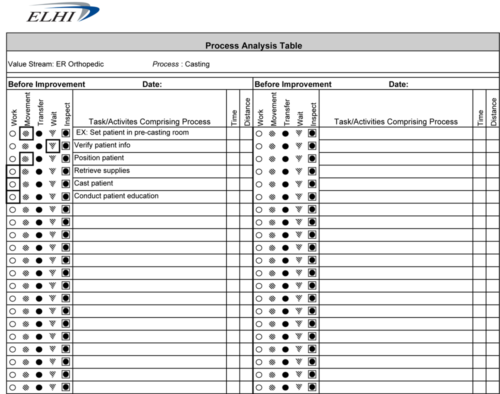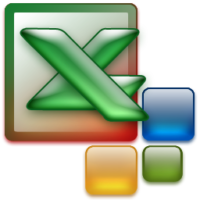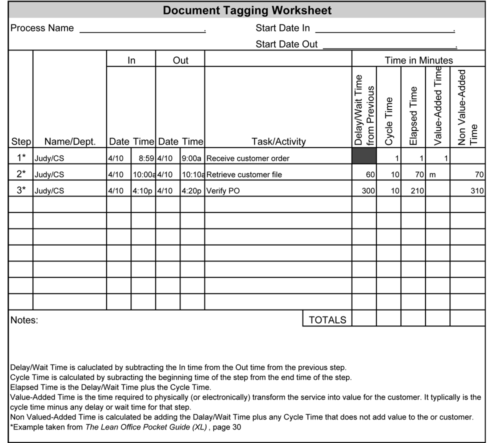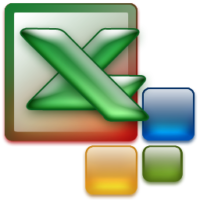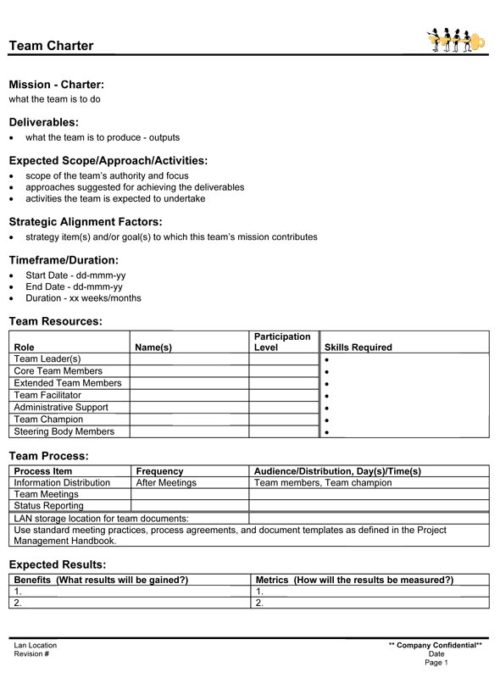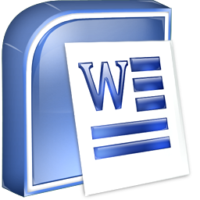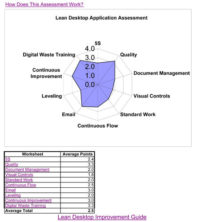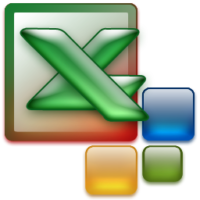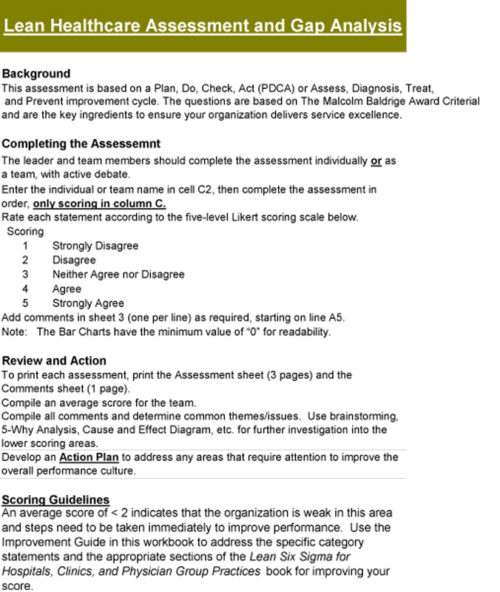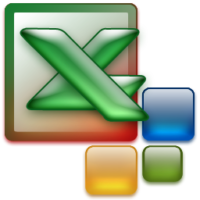By: Todd Sperl, Joe Buys, and Rob Ptacek
The 5S for Healthcare Training Set allows you to lead a continuous improvement team in the training and the subsequent implementation of 5S. The presentation includes a brief overview of Lean, Six Sigma, and Lean Six Sigma for Healthcare, guidelines for each step, examples from successful 5S practices, as well as Sensei Tips from those who have done it. The worksheets that are referenced can be immediately customized in the accompanying Excel worksheet file. Notes are included throughout the presentation to assist in explaining the various slides.
The 5S for Healthcare Training Set allows you to lead a continuous improvement team in the training and the subsequent implementation of 5S. The presentation includes a brief overview of Lean, Six Sigma, and Lean Six Sigma for Healthcare, guidelines for each step, examples from successful 5S practices, as well as Sensei Tips from those who have done it. The worksheets that are referenced can be immediately customized in the accompanying Excel worksheet file. Notes are included throughout the presentation to assist in explaining the various slides.

